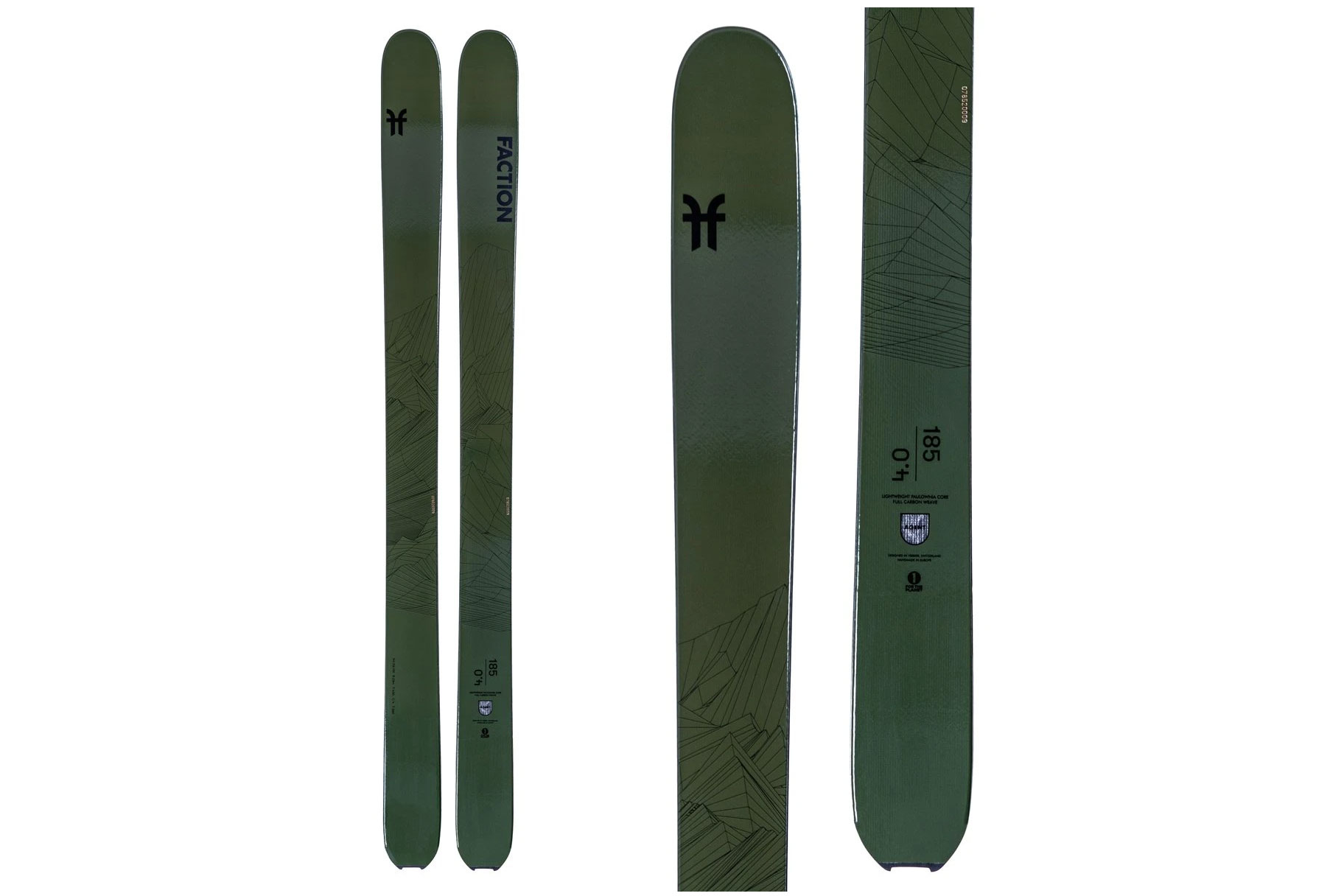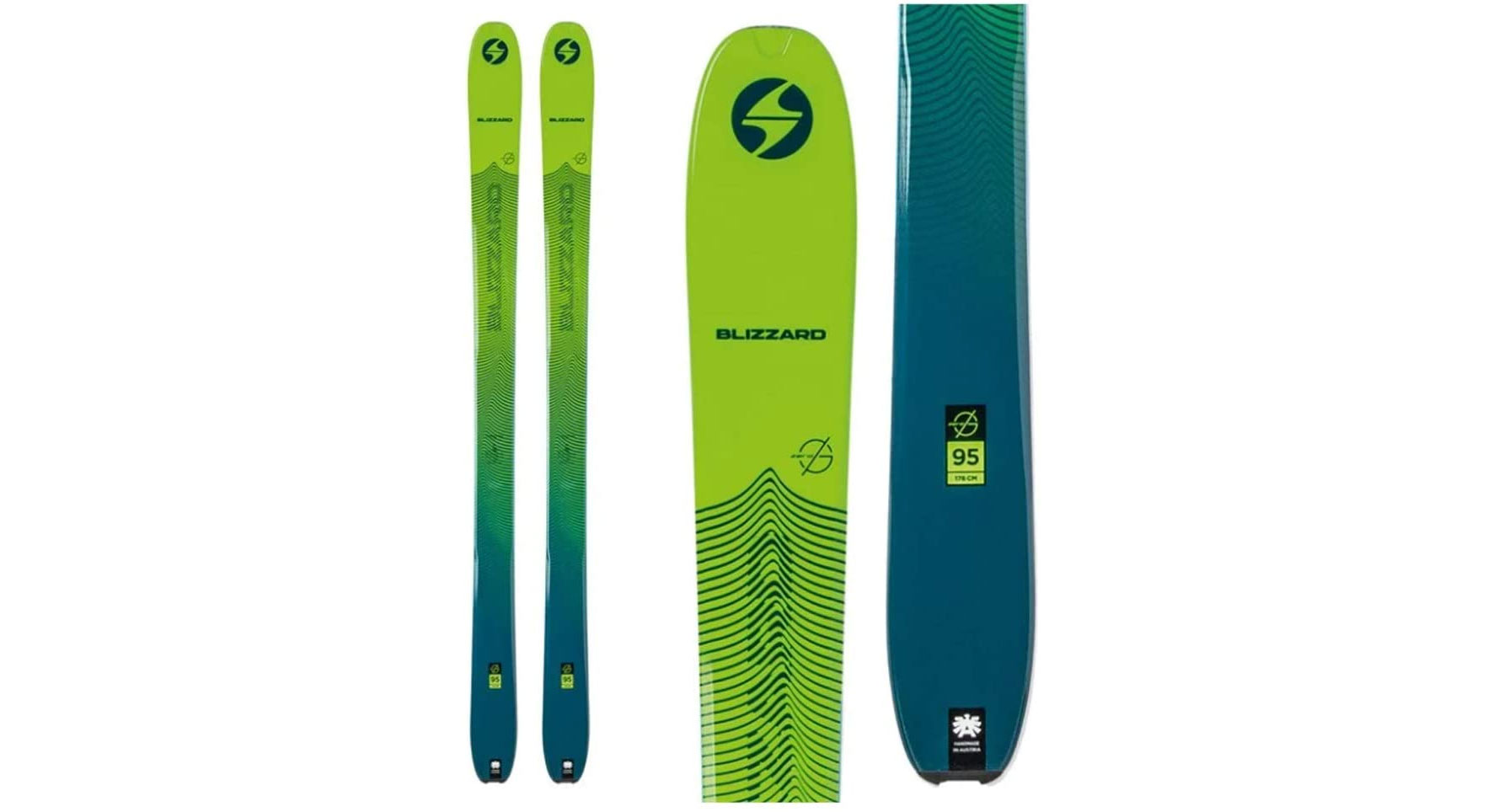From the dawn of time, humans have chased marvels of the imagination — the Holy Grail, Atlantis, Bigfoot, even UFOs — artifacts that transcend reality. More recently, that search has zeroed on the one-ski quiver.
When hunting for the barely believable, myth transcends fact, and folklore legends are born. Such is the case with the quiver-killer, a single pair of skis that shred regardless of the conditions, terrain, or type of skiing.
Spoiler alert: There is no such ski. Despite what brands and marketers would like you to believe, even the shiniest new pair of skis can’t do it all. Shapes and layups vary considerably, and, consequently, so does the function of the ski. While some are sufficient in many conditions, they’ll rarely excel at any of them. A versatile ski means it’s mediocre at all disciplines, just like a jack of all trades is the master of none.
The material makeup, sidecut, camber, length, width, and rocker of a ski all have implications on what it can and can not do at an elite level. Want a ski you can lay over and carve quickly? Expect a lack of float in powder. Want a ski that’s light for skiing uphill? Best to avoid park laps.
Searching for a ski that’s top-tier inbounds as well as out? Your odds are better in the lotto.
All that said, you can still cover all the bases with just three pairs of sticks. By picking a sturdy all-mountain set as your daily driver, a pair of fat skis for playful powder turns in the side-country, and a light touring ski for big springs missions, you’ll be ready for anything.
Review: The Perfect 3-Ski Quiver
All-Mountain: Black Crows Justis ($960)
For your go-to inbounds ski, the prerequisites are threefold: easy to turn over and carve, stable in crud and at high speeds, and fun (enough) on a light-to-medium powder day. Bonus points if it likes to get send-y in the park. Black Crows’ Justis checks all the boxes.
Using H-shaped titanal plates, the Justis skis provide a surprising amount of dampening and power transmission without sacrificing the playfulness of the ski. Lighter and more forgiving than its predecessors, the Justis has a relatively traditional shape and camber, with ample rocker for going farther out of bounds.
With a 100mm waist and 2,100 g per ski, it’ll beg you to charge bigger lines with its stiff and sturdy feel. Despite a 21m turn radius, it’s quite easy to lay over and rip big groomer turns. It’s one of the best on-piste skis I’ve tested, maybe ever.
Check Price at REICheck Price at AmazonCheck Price at BackcountryCheck Price at evo












